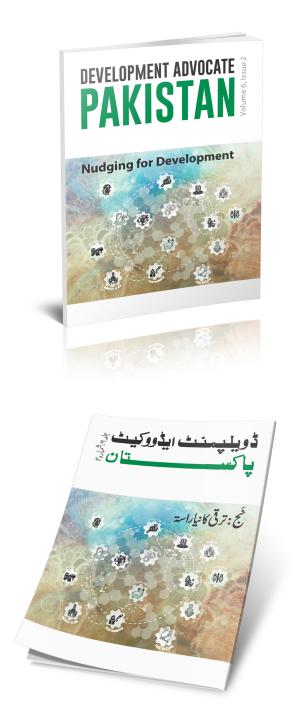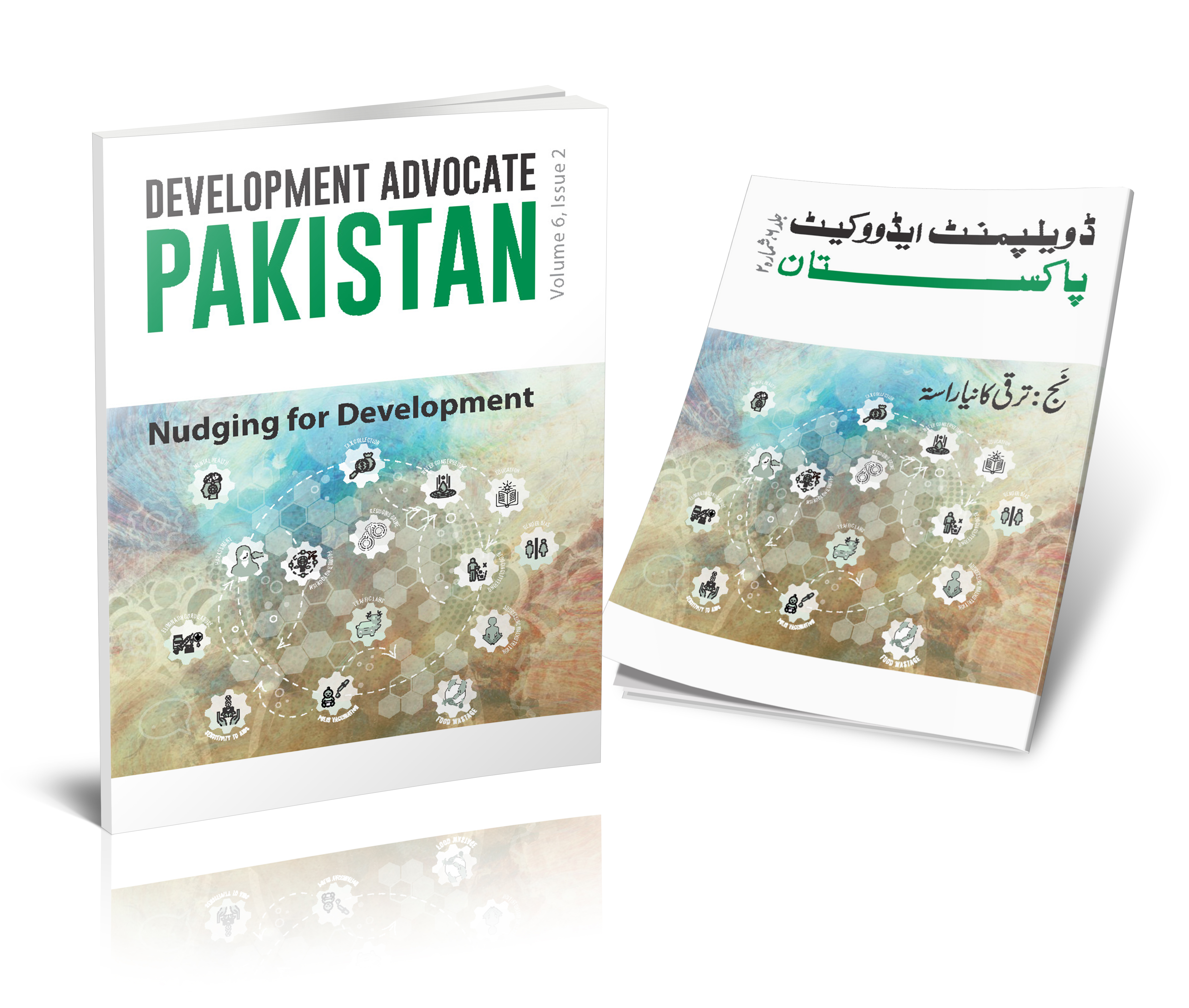Nudging for Development
Nudging for Development
October 17, 2019
Adding visual cues leading to dustbins has managed to decrease littering rates by 46 percent in Copenhagen, Denmark; adding bright warning signs before dangerous curves led to a 35 percent decrease in accidents in the United States; and using a popular children's television program in Iceland, to promote healthy eating behaviours, led to an improvement in children's diets by 22 percent.
Such examples and more show subtle ways in which different mediums have been employed at different times to influencebehaviours positively. Attributed to as 'nudges', these cues influence behaviour towards a certain angle. Nudges are not largely based around economic incentives, rather, they focus on targeting the psychological nature of an individual by offering them 'attractive options'. In essence, they do not necessarily coerce people into accepting a certain option but use cues to steer people in directions that they can then choose from.
For nudges to be effective they must offer only a minor change in choices as most of the choices/judgements made by people are automatic rather than deliberate; second, they must appeal to social norms as people tend to follow what is more socially acceptable; and third, they should relate to local culture.
Nudges are not new: corporations have been using them for years in marketing to influence consumer behaviour, but what is new is the use of nudges by governments to seek behavioural change on issues related to public policy and local governance such as health, transport, waste disposal, etc.
As nudges are based largely on non-economic incentives, they are relatively easy to use and effective in influencing behaviours. For this reason, the potential in Pakistan is tremendous. Together with the Municipal Corporation of Islamabad, UNDP has experimented using nudges to promote water conservation amongst residents of the capital. Water conservation messages were designed using a design thinking approach and suggesting ways and avenues households can conserve water. These include messages for conserving water use in washrooms, kitchens, for washing cars and in gardening. Messages were also designed appealing to religious sentiments and severity of highlighting the water crisis. Results show that over 80 percent of the respondents are willing to undertake water conservation measures in response to water conservation material shared with them. Presently, we are developing water conservation messages for children to be included in their curriculum in order to nudge children into responsible behaviours from an early age. Other examples include nudges to strengthen the link between the provision of public services and local property tax collection. In an experiment conducted by taxation department and local government department in Punjab, public opinion was sought on preferences for funds allocation by local governments. Later, the public was informed that 35 percent of their property taxes were spent on these public goods and services. Through this experiment, revenue collection increased by a grand 41 percent.
There are plenty of areas where nudges can be employed. For instance, by tax authorities to promote timely submission of tax returns as done in London where reminder letters from the Queen helped collect more than 9 million GBP in over a period of 23 days. Similarly, by local administration to address the problem of littering, food and water wastage for example in the United Kingdom where ballot bins helped reduce littering by 20 percent.
By influencing people's behaviour, nudges complement government directives and actions. For example, the recent ban on use of plastic bags in Islamabad can be supplemented by designing nudges to motivate residents and businesses to discontinue the use of plastic bags and adopt sustainable means to carry their groceries and dispose waste.
Finally, Pakistan can benefit by infusing nudges in policy making. Nudge units based along the models of international ones, can be established in the public sector. These units can work on identifying potential areas where nudges can offer low cost-effective solutions in addressing simple problems. Much research needs to be done in this sector and the private and public sector must work together in incorporating what can rightly be described, the future of global business.

 Locations
Locations
